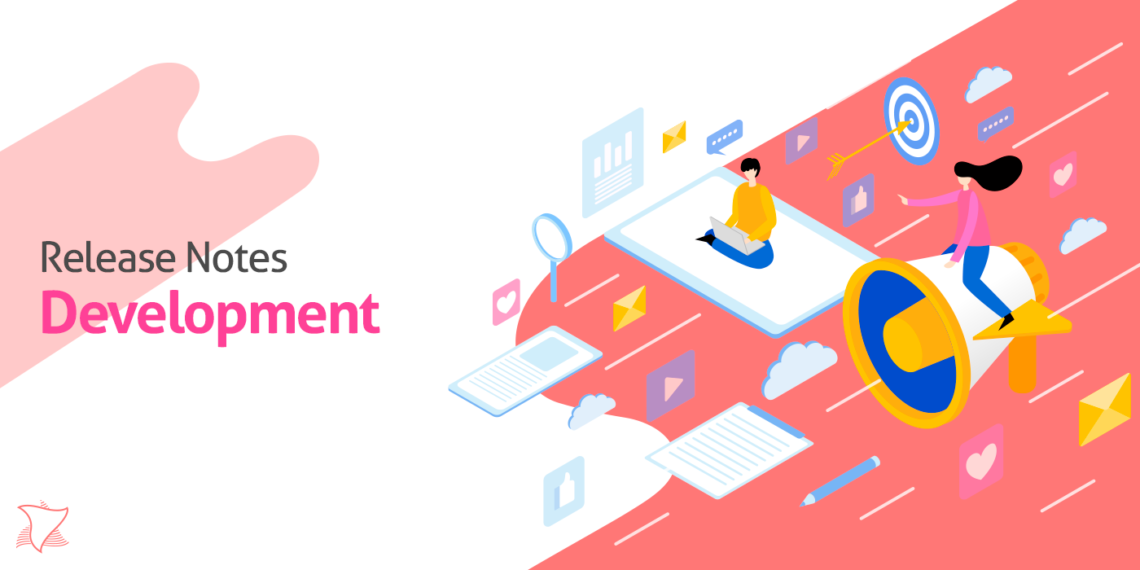As you may already know, Salesforce makes three releases a year, and in all of them, new features and great improvements are brought to us. For sure, Summer’20 Release is no exception! So, in this article I will disclose to you my top favorite Salesforce Summer’20 Development features!
Get ready to contemplate the Deployment and Development hottest solutions of this release!
Summer’20 Development – Deployment New Features
Here you can really find good news for us developers, as we are now able to replicate more medatada between environments without needing to do it all over again.
For that, you should keep in mind that there are some new useful components available to use in change sets:
- Bot:
- Einstein Bot definition
- Custom NotificationType:
- Which is a recent feature in Salesforce (allows you to send a custom desktop or mobile notification via, for example, process builder)
- Inbound Network Connection
- Where is stored the information if inbound private connections between a third-party data service and a Salesforce
- Outbound Network Connection
- Where is stored the information if inbound private connections between a third-party data service and a Salesforce
- Transaction Security Policy
- Conditions used on user activity and the real-time actions like Notify, Block or Two-Factor Authentication
Summer’20 Development – Development New Features
1. Share CSS Styles Among Lightning Web Components
You can now create your own CSS Library for Lightning Web Components inside Salesforce! How? Easily, by creating a component that contains all the CSS that you need instead of having, for example, a Static Resource. This might be very helpful, particularly if you are working with parent and child LWC, as it makes sure they are all using the same CSS.
Besides, it is very simple to do it! Just create your component and import it in another one, like this:
Create your component, for example, cssLibrary and add the CSS that you want:
——————–
/* cssLibrary.css */
p {
background-color: lightblue;
}
——————–
And all you have to do in the CSS file of your LWC is:
@import ‘c/cssLibrary’;
Important note: Please pay attention, as it may not be exactly as stated above. This is the syntax if you need to make changes to reach out to your library component @import ‘namespace/moduleName(your component)’;
2. Delete Lightning Components from Managed Packages
This is a great new feature for all the partners that have components or applications in AppExchange. In fact, this solution allows you to delete unused or unwanted Aura or Lightning Web Components. However, to enable this feature, you need to log a case in Partner Community.
Although the component is removed from the package, in the subscriber org, the component will remain unless it is deleted by an administrator of the subscriber org.
It is recommended that before removing the component, all references are deleted to ensure that the package has no dependencies on the component. You can do it by following these steps:
- Stage one: Remove references
- Edit the global component that you want to delete to remove all references to other Lightning components.
- Upload your new package version.
- Push the stage-one upgrade to your subscribers.
- Stage two: Delete your obsolete component
- Delete the global Lightning component from the package.
- Optionally, delete other related components and classes.
- Upload your new package version.
- Push the stage-two upgrade to your subscribers.
3. Develop Flow Screen Components That Work for Multiple Objects
This is a very interesting feature for those who like to create generic components, as it lets you use the same screen flow for many types of objects buy using sObject and sObject[] data types. Useful, right?
4. Aura Components in the UI Namespace Are Being Deprecated
This improvement was predictable with the lightning namespace and the Lightning Design System styling out-of-the-box. It was only a matter of time until ui namespace was deprecated, right? Yet, you have nothing to be afraid nor do you have to rush to make these changes, as they will only happen on May 1, 2021. However, I would advise you to make them soon enough given the performance of the lightning namespace. Finally, let me tell you that all the ui namespace components have a similar one in the Lightning namespace, making everything simpler.
5. Check User Permissions for Lightning Web Components
You can now check user permissions inside Lightning Web Components, for example if a currently logged user has permission to use chatter. To do that you just need to import the permission value:
- Import hasPermission from ‘@salesforce/userPermission/ChatterInternalUser’;
It is also possible to use this method with custom permission with a simple change:
- Import hasPermission from ‘@salesforce/customPermission/PermissionName’;
- Import hasPermission from ‘@salesforce/customPermission/namespace__PermissionName’; (in case your org has some namespace)
6. Push Notification Limits Have Increased
This is good news for those orgs with a lot of users, using mobile devices and sending tons of notifications! In fact, it is now possible to send, per hour, up to 20,000 iOS and 10,000 Android push notifications. Quite a lot, isn’t it?
7. Powerful New Ways to Secure your Data using Data Mask
Data Mask is an app that you can install in your production org to secure all your sensitive data in a sandbox. You can check for more information about it here.
8. Improve Your App’s Mobile and Touch User Interface
For all the orgs that use Salesforce’s mobile applications, I have good news! The experience on mobile is even more consistent thanks to SLDS and its improved components.
And, don’t forget that as always, Salesforce provides us with new objects, calls, classes, components, commands, and more so you can get as many customizations as you want. You can click here for more detail!
So, these are some of the news and features that Salesforce will provide us within this new release Development Summer’20 release! In this article, I have focused on the ones I thought would bring the most value to you and your organization. Check here all the release notes for this release!
I hope you have found this post useful! If have any suggestion about some theme you would like mt to write about or you have some question about these posts, do not hesitate to get in contact! Subscribe to our blog to learn more about Salesforce development solutions! 🙂







